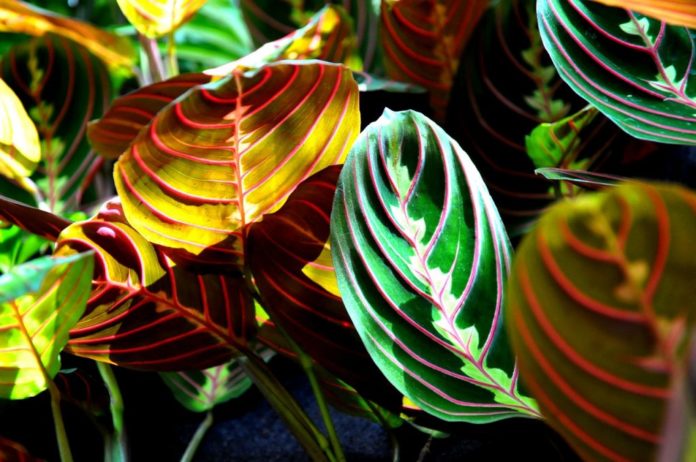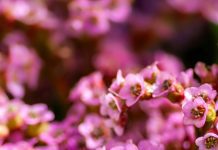
PRAYER PLANT
(marantaceae leuconeura erythroneura)
Origin: Brazil
In the evening the leaves stand up facing each other, like praying hands, and lay flat during the day. This is one of my favourite house plants! I love a plant that has something special about it – and this one certainly does.
HOW DOES A PRAY PLANT PRAY
Circadian rhythm, the change in light from day to night, triggers water to move in and out of the plant cells causing them to fold up at night, hence the name, Prayer Plant.
The most popular are the colourful marantaceae leuconeura erythroneura (Herring bone, Red-nerve plant, Red-veined prayer plant) with its burgundy veined leaves (pictured above), and the green m. leuconeura kerchoviana (Rabbit track).
These plants don’t like the cold – so a windowsill in the winter may cause the edges of the leaves to brown. Browning of the leaf edges may also indicate low humidity.
Maranta loves humidity but not wet soil – make sure that your tropical potting mixture has some vermiculite or perlite in it for good drainage.
Feed it every 2 weeks with a 10-10-5 plant food.
Moderate lighting; no direct sunlight for this beauty; otherwise you will notice the color fading from the leaves.
As a matter of fact, most vibrant and colourful foliage does not need direct sunlight at all; rather, pale foliage and variegated houseplants require brighter or direct sunlight to produce photosynthesis.
The secret to success with the Prayer Plant is high humidity.









